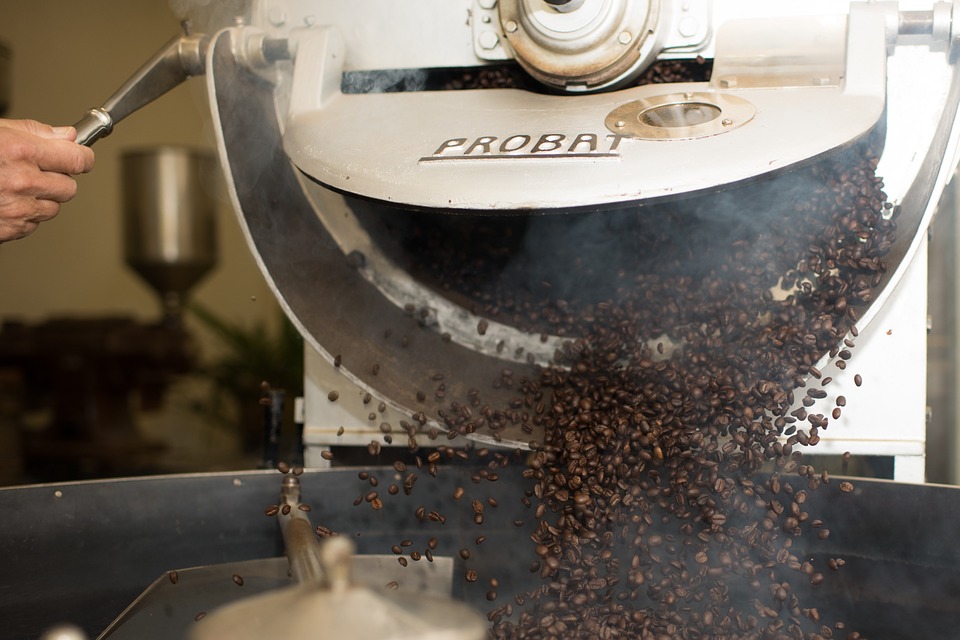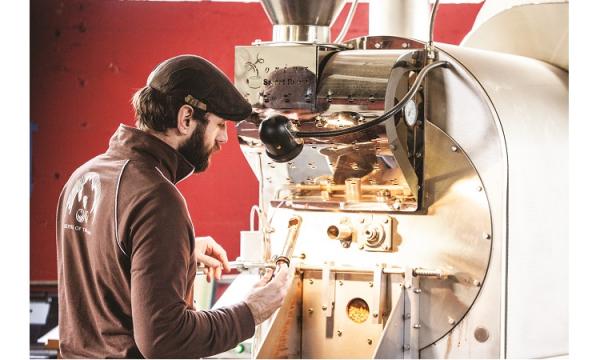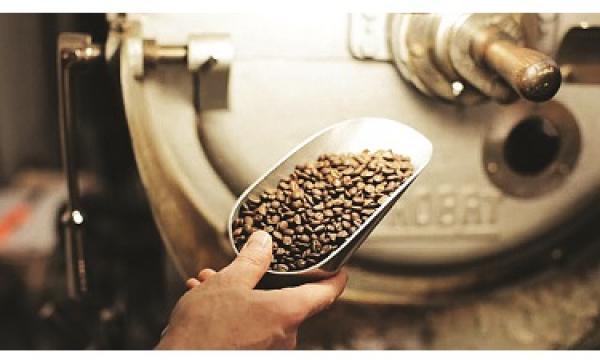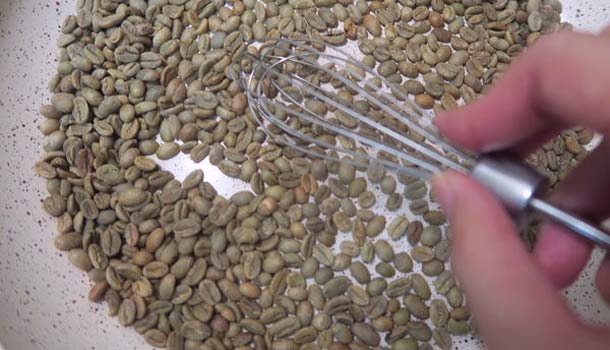Coffee control must learn! Ten tricks you must know about baking beans
For professional baristas, please follow the coffee workshop (Wechat official account cafe_style)
twelve
Coffee bean roasting

To put it simply, baking beans is to stir-fry raw beans, but there are many more complex details and delicate skills than imagined, and the process of baking beans has a considerable impact on the taste of coffee.
Baked beans have many eyebrow corners to pay attention to.

"
Before baking beans
1. The ideal moisture content of raw beans is 1113%. If you want to maintain this water content, you must rely on a good storage environment, and the humidity and temperature of the warehouse should be maintained at an average of 50% and 20 °C.
two。 Be sure to get rid of defective beans mixed with raw beans, even one defective bean can cause the whole batch of coffee to smell moldy, smelly gutter, or vinegar.
3. If you want to cook coffee beans quickly at high temperature, it will cause the dilemma that the outer layer is charred but not ripe on the inside. The coffee brewed from this kind of coffee beans will have a scorched taste and an unpleasant sour smell. On the contrary, if the temperature is too low and the baking time is too long, the beans will lose the flavor of raw beans and the coffee will be tasteless.

The ideal water content of raw bean is 1113%.
"
Baked beans
4. When baking beans, you need to pay attention to the aroma of coffee beans, so you must pay attention to the use of perfume or lotion. After baking the beans, you will touch the beans during the cooling process, so you must wash your hands in advance and do not apply any lotion on your hands.
5. The time point at the end of baking beans is called "roasting poing", which varies with the type of raw beans. The density of raw beans from Ethiopia and Papua New Guinea is lower, so they absorb heat faster, and if you also want to bake to medium-baked ripeness, the baking time will be shorter than other kinds of raw beans. On the contrary, the beans produced in Peru, Colombia and Indonesia with higher density take a longer baking time and deepen the roasting maturity as much as possible in order to maximize the delicacy of coffee beans. Even if it comes from the same origin and the same coffee farm, coffee may taste very different because of the state and baking conditions of each raw bean, so every step of the process must be paid attention to again and again.
6. After roasting raw beans into coffee beans, not only the color will be significantly different, but also the weight will be significantly reduced. Generally speaking, the ideal weight of coffee beans is about 85% of that of raw beans, and the ratio of sour to sweet is the best.

"
After baking beans
7. The next step in baking is to clean up the bean shell (chaff) and residue inside the baking machine, mainly with the silver film-silver skin (silver skin) that wraps the raw beans. If left alone, there may be a fire when baking beans, causing a fire.
8. Pick out the unripe beans (quaker, also known as Quaker beans and Quaker beans). Unbaked raw beans are obviously lighter in color than other beans and are easy to pick out.
9. Freshly roasted coffee beans have high carbon dioxide content, so the sour taste is strong. It is best to let the coffee beans ripen for a day or two, and the taste will be better.
10. Carefully record the baking time, baker, baking conditions and other information to create your own baking database.
Article Source: "Fine Coffee Entrepreneurship"
Important Notice :
前街咖啡 FrontStreet Coffee has moved to new addredd:
FrontStreet Coffee Address: 315,Donghua East Road,GuangZhou
Tel:020 38364473
- Prev

[ten years] how many decades does a barista have?
The exchange of professional baristas please pay attention to whether the trend of espresso coffee in the coffee workshop (Wechat official account cafe_style) has come to an end. Or should the whole set be ready for the best part of the next time? It's just that the restructured espresso is still called espresso? Why is the title of this article ten years? Because recently, there have been several famous Italian stores one after another.
- Next

Coffee bean baking DIY guide! A pan and an egg beater is enough.
For professional baristas, please follow the coffee workshop (official Wechat account cafe_style). Author: iCook Love Food Photo Source: when item.rakuten.co.jp used to work for Japanese businessmen, I found that many Japanese people have the habit of drinking coffee. They like to drink freshly brewed coffee, and most of them drink black coffee; they say that they can drink it best without sugar or cream.
Related
- Beginners will see the "Coffee pull flower" guide!
- What is the difference between ice blog purified milk and ordinary milk coffee?
- Why is the Philippines the largest producer of crops in Liberia?
- For coffee extraction, should the fine powder be retained?
- How does extracted espresso fill pressed powder? How much strength does it take to press the powder?
- How to make jasmine cold extract coffee? Is the jasmine + latte good?
- Will this little toy really make the coffee taste better? How does Lily Drip affect coffee extraction?
- Will the action of slapping the filter cup also affect coffee extraction?
- What's the difference between powder-to-water ratio and powder-to-liquid ratio?
- What is the Ethiopian local species? What does it have to do with Heirloom native species?

